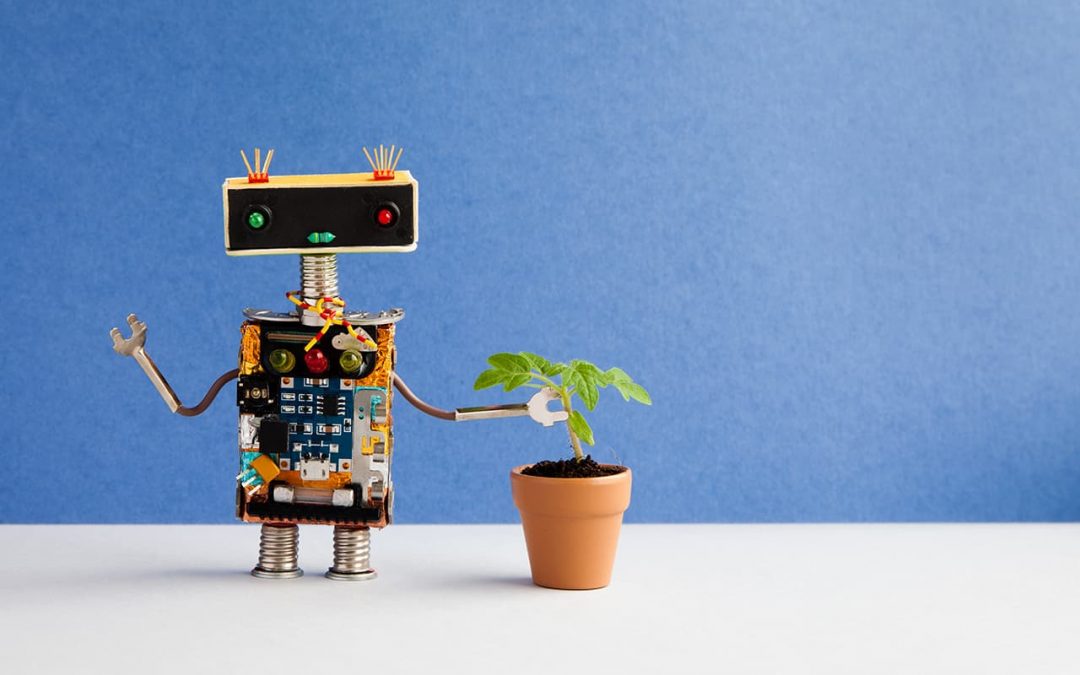Farmers have no choice but to look to robots says the engineering community website interestingengineering.com. By way of explanation, an article explains that the world population will hit 9 billion by 2050, and current agricultural production will have to double to meet the demand. They’ll have to turn to robots for help.
Modern farmers are already using high-tech. They’re using auto-steer systems that follow GPS for guidance, and drones help them keep watch on crops or livestock. Here are ways that robots will help them.
Labor Shortage
A multitude of things factor into it, but there’s no getting around the decrease in the agriculture workforce. It has also become obvious that humans are no longer a solution, anyway. Farmers will soon see a growing number of crop harvesting robots that will help with the human labor shortage.
Harvest CROO Robotics is a company that has created a strawberry picking robot. The company says that more than $450 million is spent annually on labor to harvest this fruit crop, but a growing number of farms are forced to let their ripe crops rot because there’s no labor to harvest it. Their robot has the workload capacity of 30 humans.
Farm robotics companies feel it’s important to stress that their robots aren’t being manufactured to replace remaining human farm workers. What the robots accomplish is to help increase the skill level of those who want to work in agriculture. It may be possible in the near future to have a job in the agricultural industry where you are the manager of a fleet of robots and autonomous farm equipment.
Increased Crop Yields
Robots are increasingly doing a better job of caring for plants than their human counterparts. They can also help reduce losses created by herbicide-resistant weeds. There are robots that are now vigilant weed killers which do away with herbicides altogether.
Robotics also is helping to make more types of fruits and vegetables harvestable. A French robotics company, for example, has created a machine that will harvest up to 20 tons of grapes per hour. It can even remove most of the leaves for a cleaner yield.
Still other robots are being deployed to care for and detect disease. The University of Illinois at Urbana-Champaign has created a robot they call TerraSentia. It uses cameras, LIDAR and other sensors while it roves through crops.
Where will all these robots live? We think they’d appreciate the precision manufacturing and design that cues into the building process of our DIY agricultural buildings. Download our free brochure.



